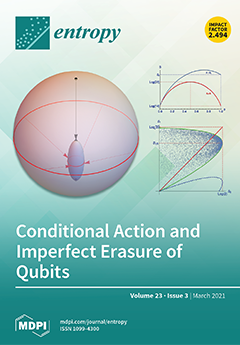The Multi-Armed Bandit (MAB) problem has been extensively studied in order to address real-world challenges related to sequential decision making. In this setting, an agent selects the best action to be performed at time-step
t, based on the past rewards received by the environment. This formulation implicitly assumes that the expected payoff for each action is kept stationary by the environment through time. Nevertheless, in many real-world applications this assumption does not hold and the agent has to face a non-stationary environment, that is, with a changing reward distribution. Thus, we present a new MAB algorithm, named
f-Discounted-Sliding-Window Thompson Sampling (
f-dsw TS), for non-stationary environments, that is, when the data streaming is affected by
concept drift. The
f-dsw TS algorithm is based on Thompson Sampling (TS) and exploits a discount factor on the reward history and an arm-related sliding window to contrast concept drift in non-stationary environments. We investigate how to combine these two sources of information, namely the discount factor and the sliding window, by means of an aggregation function
. In particular, we proposed a pessimistic (
), an optimistic (
), as well as an averaged (
) version of the
f-dsw TS algorithm. A rich set of numerical experiments is performed to evaluate the
f-dsw TS algorithm compared to both stationary and non-stationary state-of-the-art TS baselines. We exploited synthetic environments (both randomly-generated and controlled) to test the MAB algorithms under different types of drift, that is, sudden/abrupt, incremental, gradual and increasing/decreasing drift. Furthermore, we adapt four real-world active learning tasks to our framework—a prediction task on crimes in the city of Baltimore, a classification task on insects species, a recommendation task on local web-news, and a time-series analysis on microbial organisms in the tropical air ecosystem. The
f-dsw TS approach emerges as the best performing MAB algorithm. At least one of the versions of
f-dsw TS performs better than the baselines in synthetic environments, proving the robustness of
f-dsw TS under different concept drift types. Moreover, the pessimistic version (
) results as the most effective in all real-world tasks.
Full article






